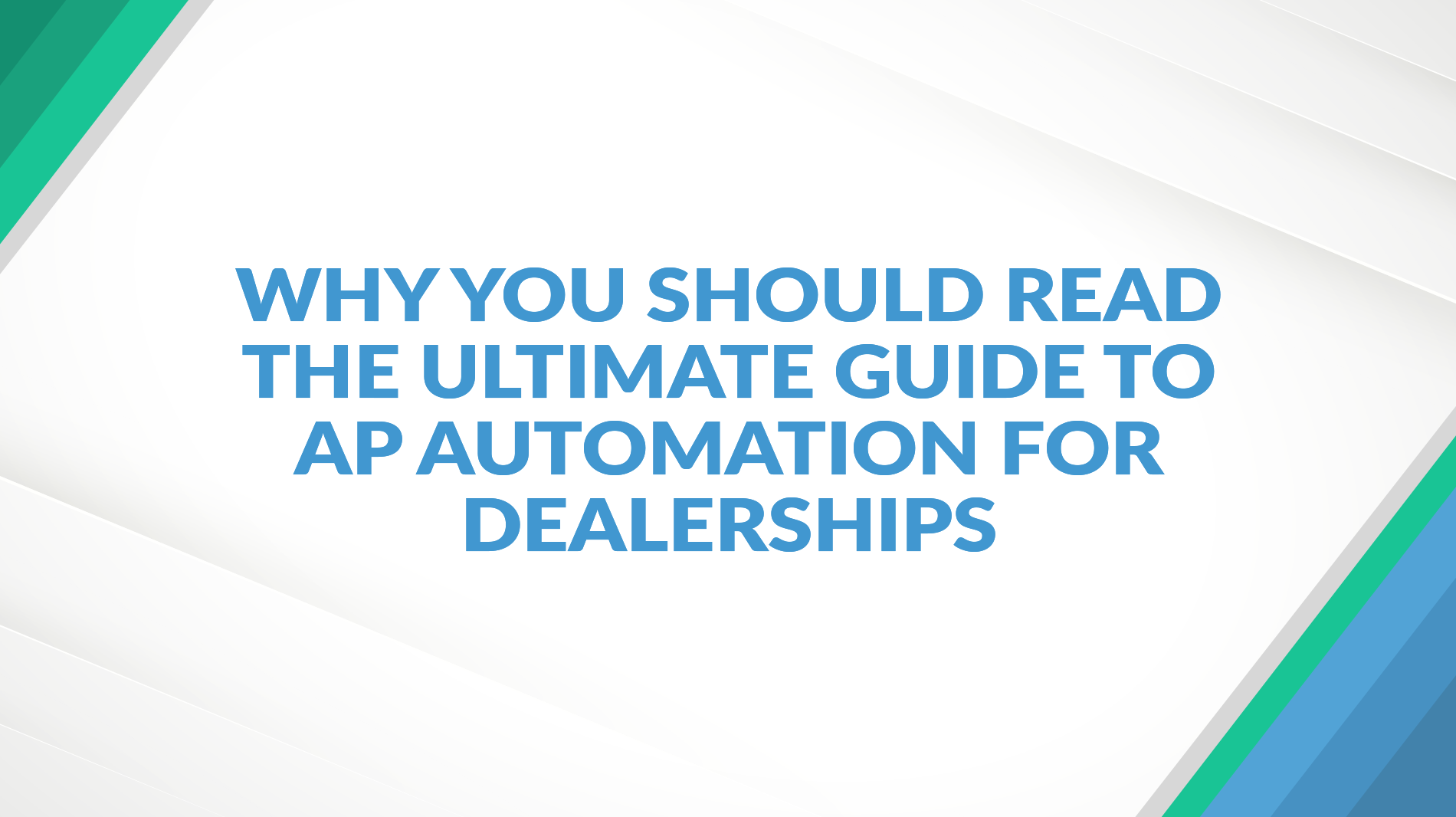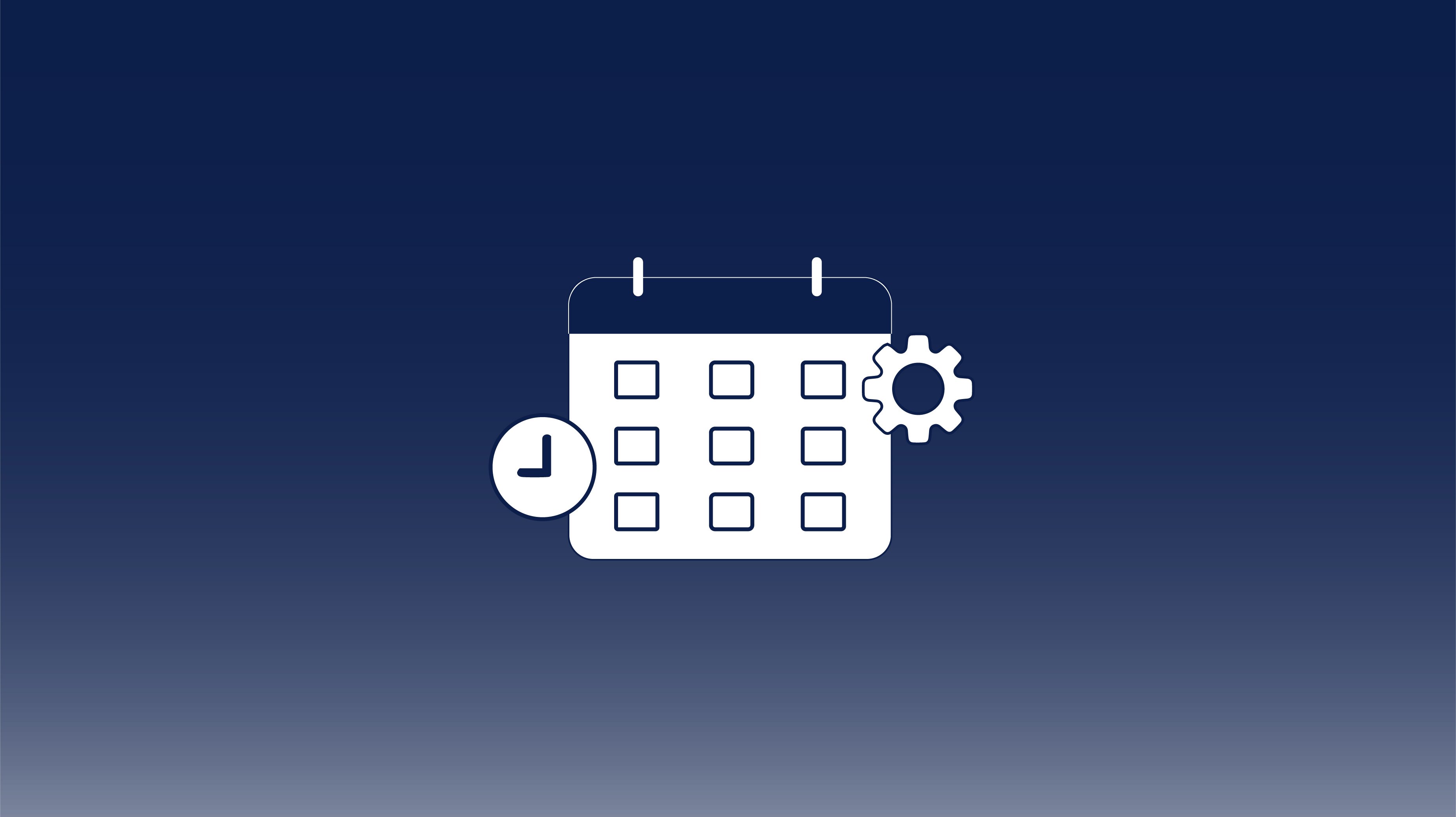Automated Accounts Receivable Programs: Cutting DSO by 30% in Six Months
In today’s economy, speed to cash is as important as speed to market. Companies that let receivables linger for 60, 75, or even 90 days are putting...

It’s no secret that your AP department plays a major role in the success of your auto dealership. Not only do its processes impact cash flow and efficiency, but they also impact supplier relationships and your dealership’s ability to scale and expand.
Whether you’re satisfied or not with department metrics really depends on how the work gets done. Have you added technology to improve speed and accuracy, or are manual processes still at the forefront of your AP operations? This is a great question to ask as you explore change because, all too often, manual workloads make timely invoice payment difficult and limit an accounting team’s potential.
With innovation in mind, CloudX has developed “The Ultimate Guide to AP Automation for Auto Dealerships.” It’s a 14-page eBook full of practical insights and ideas on how a good AP automation solution like APSmart combined with a payment solution like PAYSmart can help you digitally transform your accounting department and turn your business into a profit center.
If this sparks your curiosity already, click here to download your free eBook. Or, to get a few highlights from the eBook first, keep reading.
Choosing to implement an AP automation solution starts with determining the biggest needs of your AP department and then exploring options and getting stakeholders on board as you make a case for its adoption. Return on investment (ROI) is a major element to consider, as are integration capabilities and overall cost.
Here are some important topics covered in the eBook:
Number of Invoices Processed Per Day. This is a great metric for determining employee productivity and learning which vendors you may be having problems with. Most AP departments can process 50 invoices per day in a manual setting, but with implementation of a good AP automation solution like APSmart, that number can reach 2500 or more. The formula for this KPI is:
Number of Invoices Processed Per Day Per Staff=Number of Invoices Processed/Number of AP Staff Performing Work
Cost to Process a Single Invoice. To get an accurate total of this cost, you will need to include all the inputs involved, including salaries, infrastructure, and process time. A 2021 study by Ardent Partners said invoice processing in 2020 with minimal automation was $10.89 per invoice. That cost can be driven down to $2 or $3 with a right-fitting automation solution. Here’s how to determine the KPI:
Cost Per Invoice=Total AP Costs/Total Number of Invoices
Invoice Exception Rate. In general, a high number here is frustrating because it takes human intervention to resolve these mismatches between invoices and POs. AP automation is helping lower the rate, however, thanks to built-in AI capabilities that lessen or eliminate errors before they even reach your accounting staff.
Invoice Exception Rate=Rate of Invoice Exceptions/Total of Invoices Processed x 100
If your dealership has a decentralized accounts payable department, paperwork may be getting duplicated or lost and invoices might not be getting paid on time. These problems compound your department’s inefficiencies and make forecasting and cash flow analysis very difficult. On the other hand, an automation solution able to support end-to-end functions will help standardize operations, aid in efficiency, and enable future scalability. This convergence allows administrators to have control of every AP process step and makes documents visible across the organization for easy recordkeeping and retrieval.
“If your staff is still manually processing paper documents, you’re in a trailing percentile of AP departments. Investing in quality AP automation software is one of the best things you can do to get rid of time-consuming administrative work because it can automate up to 85% of your AP workflows. With this technology, invoice data moves to an electronic file and then matches it to a purchase order. Automated 3-way matching is also possible between PO, receipt, and invoice. From there, digital documents can automatically be sent to designated parties for approval, authorized for payment, routed to your business’s DMS, and be made ready for payment.”

In today’s economy, speed to cash is as important as speed to market. Companies that let receivables linger for 60, 75, or even 90 days are putting...

Managing operational costs today often means balancing operational costs against tight margins, making it essential to join a group purchasing...